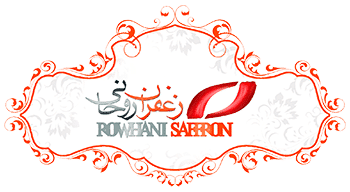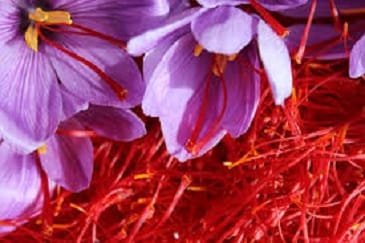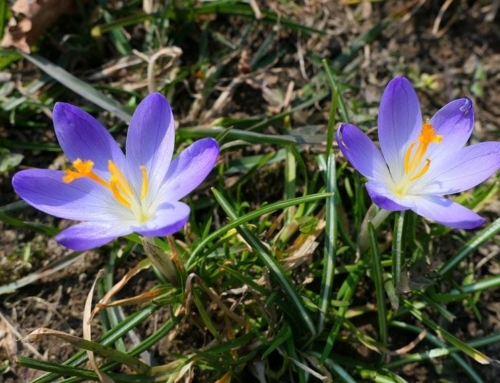The cultivation of saffron is not profitable in the greenhouse
Rasoul Dervishian, researcher for natural resources engineering, said: “Unfortunately, people are busy absorbing people’s thoughts on cultivating saffron cultivation in the greenhouse at very high advertising costs and promise of high profits.
He added: “It’s natural that most people tend to get more crops in a smaller space, with less expense and effort.”
Dervishiyan remarked: “Unfortunately, these profitable people pretend to be job-seekers and entrepreneurs. While this method is high, it’s not worthwhile to buy or buy onions at high cost each year at high prices until the end of September Fit under the appropriate conditions in a tray or box and put on a shelf.
According to the researcher for natural resources engineering, after the flower harvest, if the climatic conditions permit the plant to be returned to the land again (because if it does not return to the ground, there is no reproduction of the onion, and after flowering Disappears).
He stated that the other claim of these people is that if the onions are large, we create more spells, stated: “If the onions are coarse, by the principle of scientific planting, the same conclusion is made in the interior, and there is no connection within the Land or greenhouse cultivated.
Dervishian noted: In Lorestan, there are people in Iran who have adopted the principle of scientific planting and have taken 25 kg per hectare.
According to the master of natural resources engineering, the profitable people by taking a greenhouse saffron cultivation workshop take money from people and leave them to God’s hope; ultimately, if farmers do not answer this plan, their answer is that the large onions Not fulfilled or conditions have not been complied with.
He stated that Lorestan has the ability to cultivate this plant under rainfed conditions. As 75% of the arable land in the province is Diem, applicants must be led to create employment and entrepreneurship.
Darwishian said: Lorestan has the potential to become the pole of quality saffron production in Iran and the world.
According to the master of Natural Resources Engineering, due to the fact that dryland lands are the most suitable for saffron cultivation, it is important to pay more attention to this because it was cultivated in Lorestan alone under dryland conditions and it was concluded that due to the favorable climate conditions This province should be aimed at cultivating saffron in low-yielding dry land.







Get Social